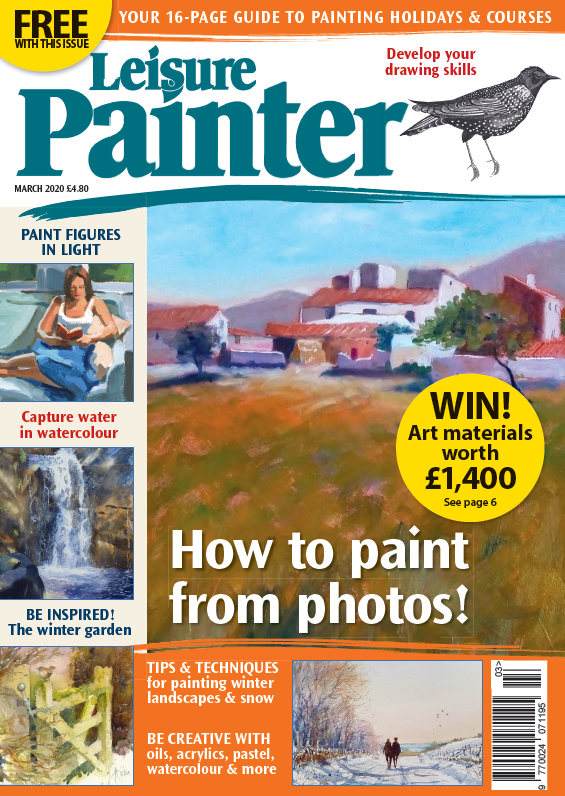One of the most familiar of birds, the once abundant starling, has suffered a significant population decline in recent years, and it is now red listed as a bird of conservation concern.
Male starlings will sing for much of the year, only stopping for a few weeks during the post-breeding season moult. They have a curious habit of singing at winter roosts, both on arrival in the evening and before departure in the morning. Not only are starlings great singers, they are also impressive mimics, able to imitate the calls or songs of other birds and, even, mechanical sounds.
Sketching Techniques

Stippling. Applying small dots to build up darker values in a drawing; the density of the dots determines the value produced. This is the most time consuming of all techniques.

Scumbling is a method of shading using tiny circular squiggles. It looks a bit like a steel-wire scourer.

Shading. Applying rounded or shortlines, from dark to light, to create an illusion of depth or three dimensions.

Blending (or smudging). Applying your finger or a blending tool to your drawing. It helps give your image volume and expressiveness.

Hatching (and cross-hatching). Lines drawn in the same direction. By drawing lines closer together, darker values are created; leaving space between lines results in lighter values. When lines are placed at an angle to one another, this is called cross-hatching.


















Comments
Login or register to add a comment
No comments